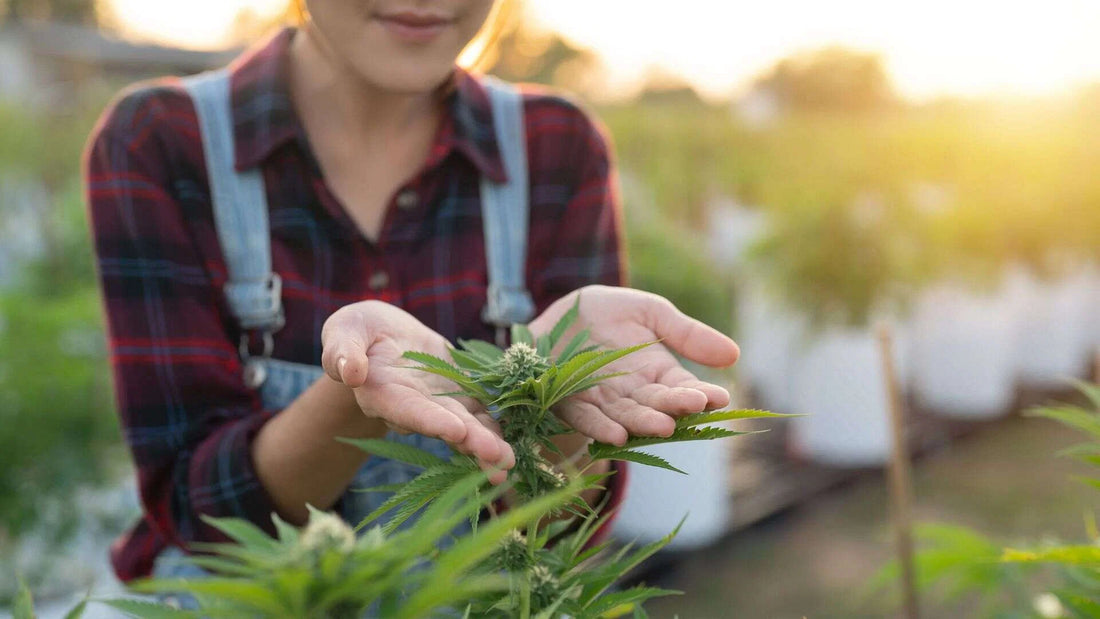
How To Prepare For A Long Growing Season
Share
With Spring quickly approaching, it's time to begin thinking about your outdoor growing season. Depending on your location, the start date for this can range from March 1 to mid-June, depending on the last frost date. Regardless of when you move your plants outside, you can expect a much longer growing season when growing a full-season plant that grows with the flow of nature.
You can do plenty of things to prepare for the best outdoor season possible, from selecting the right genetics for your region to cultivating companion plants for pest prevention and improved terpenes. At the same time, prepping your soil with the proper nutrients provides your plant with plenty of nutrition to make it to the finish line. Throughout this article, we will do our best to give you a wide range of advice to set you up for success.
Genetic Selection
We don’t currently have an easy way to determine which genetics would do best in our specific region, but I hope to change that in the future with a project I am working on called BLAZE (Botanical Latitude and Zone Evaluation), you can learn more about it in my new podcast SunGrown Stories. In the meantime, you can begin by determining what hardiness zone you are in by looking up your zip code here. From that point you can assess when you can plant outdoors and when you need to harvest by. This will help you in determining how long of a flowering strain you can choose from.
Flowering Time
Suppose you live in a region with a shorter growing season. In that case, you will want to choose things with a shorter flowering time, since most of our genetics these days are hybrids of sativa and indica and have average flowering time from anywhere between 7-9 weeks it’s also important you consider your latitude and how that will impact the photoperiod. The further away from the equator you get the more variance in the length of day and night throughout the seasons. You can begin by learning more about the lineage of the genetics and whether they will seem well suited to your region.
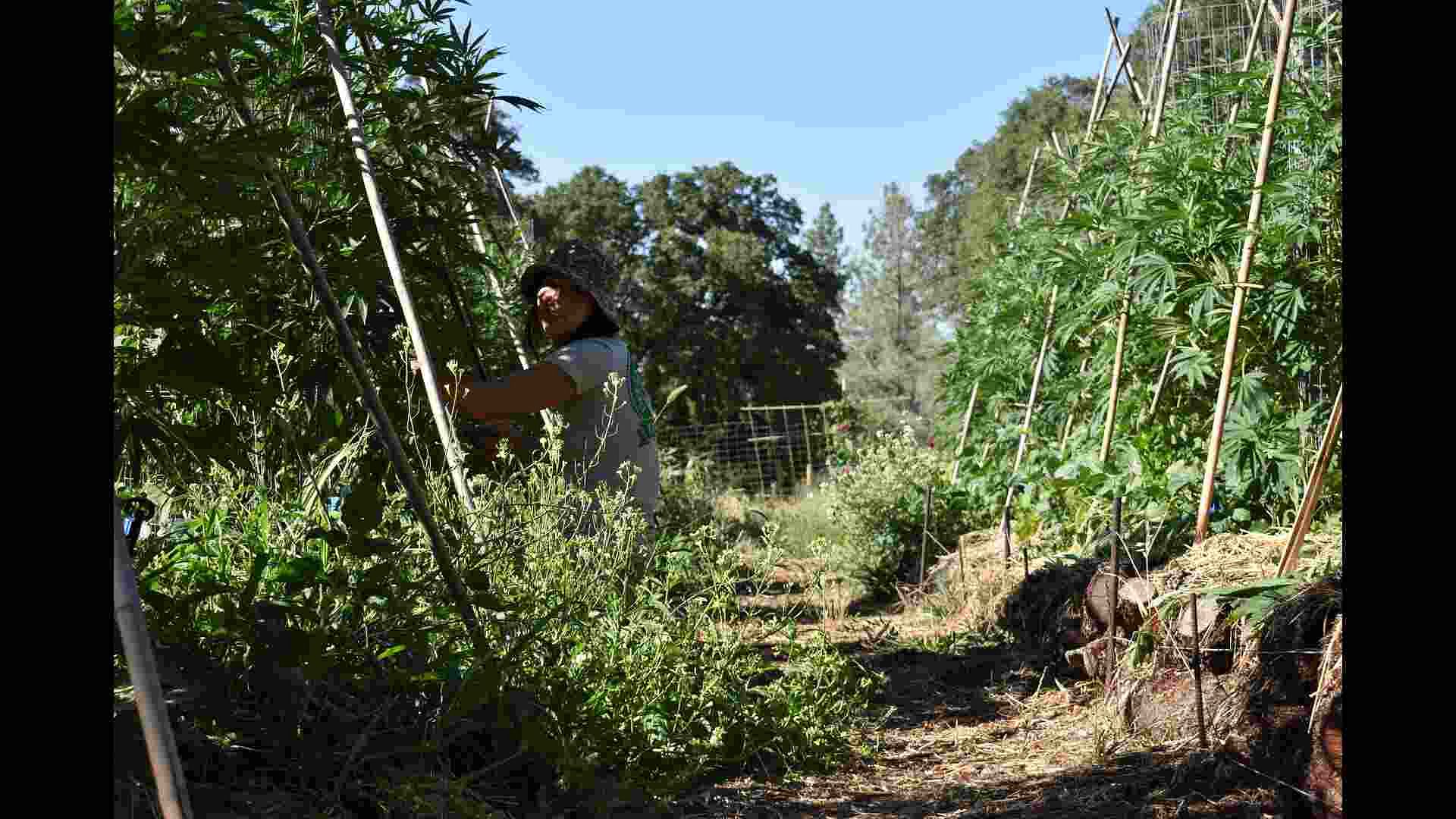
Suitable Climate
Other factors to consider is where the landrace genetics that the strain is bred from originated. Landrace cannabis has evolved in a specific region for an extended period, and they are the foundation for all cultivars available today. If that landrace is from somewhere warm and humid, like Thailand, then a cold and dry mountain climate is probably not the best choice for those genetics. You would want to choose something from a similar environment, like Afghanistan which has a semi-arid steppe climate.
Trichome Shape
Additionally, you may want to consider if you are going to want to make bubble hash with any of the material you grow outdoors. Bubble or ice water hash is the process of washing the trichomes of the plant material to create a purified concentrate AKA dab. This is my preferred method of consumption and something I like to consider when choosing a strain. Certain strains, like GMO, are notorious for dumping trichomes and can yield 6% returns on fresh frozen material. Other strains like Purple Punch can yield as little as below 2%... If you smoke a lot of dabs you should learn how to make bubble hash.
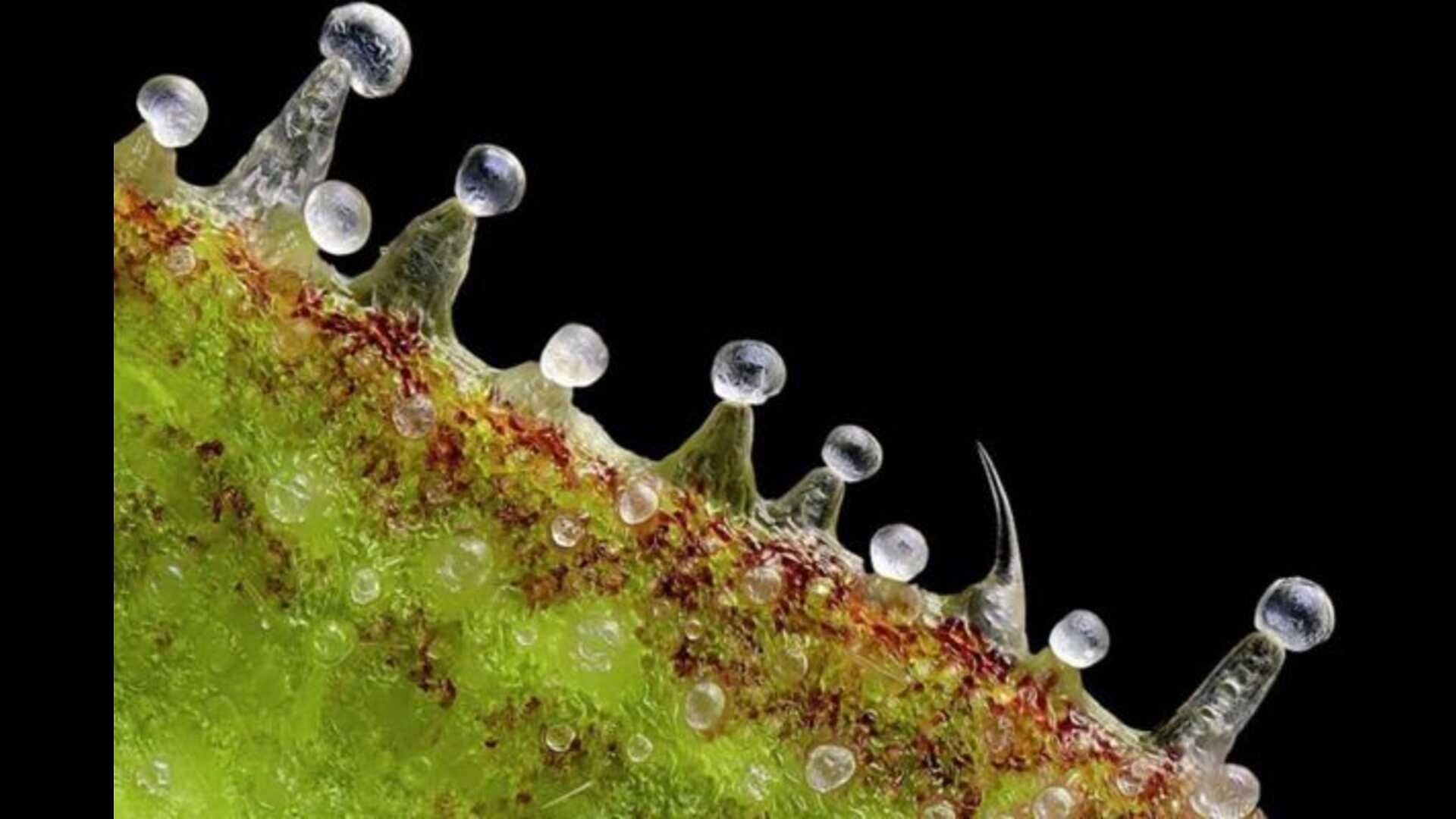
Different strains grow different shapes of trichomes, affecting the yield tremendously. The delineation between the stalk and the head should be distinct with a narrow neck. Regardless of the cultivar, growing it outdoors is going to make the flavor profile more unique than it’s indoor counterparts.
A recent study performed by Columbia University showed that cannabis grown organically outdoors consistently has a broader range of terpenes present. This is because terpenes and other volatile organic compounds are the communication of flora, fauna, and fungi. The more diverse the environments are, the more varied this communication becomes. Because of this, ice water hash made from sun-grown cannabis is typically more flavorful.
Once you choose your genetics, you must decide when to germinate. It would help if you worked back from the average last frost date in your hardiness zone. Start your seeds outdoors in a greenhouse or under artificial light, depending on your last frost. In the Northern Hemisphere, that date can range from mid-February to June.
It is important to note that if you start your seeds indoors under artificial lighting, you must ensure your light schedule mimics the natural cycle. If you do not do this, your seedlings can become confused when moved outdoors and trigger into flower. This is all part of the hardening-off process.
Hardening Off
In gardening when you prepare plants for life outdoors it is called hardening off. Not only do we need to do this with our light cycle but also with other factors such as temperature and humidity. If your young plants have been living in a perfectly maintained environment with little to no fluctuation in temperature or humidity and haven’t experienced wind, they may be shocked when moved outside. It’s a good idea to take your young plants outside for a few hours at a time or to put them in a greenhouse before letting them experience the natural climate of your region on their own.
Soil Or Potting Mix
Now that your genetics have been chosen and you’ve decided when to germinate your seeds, its time to consider your growing medium and fertilizer. There are a variety of options to choose from but honestly the best I have used has been straight in the ground from Mother Earth. This isn’t always possible especially if your soil lacks depth and organic matter, but you can test your soil depth by simple digging a hole and seeing how far you get.
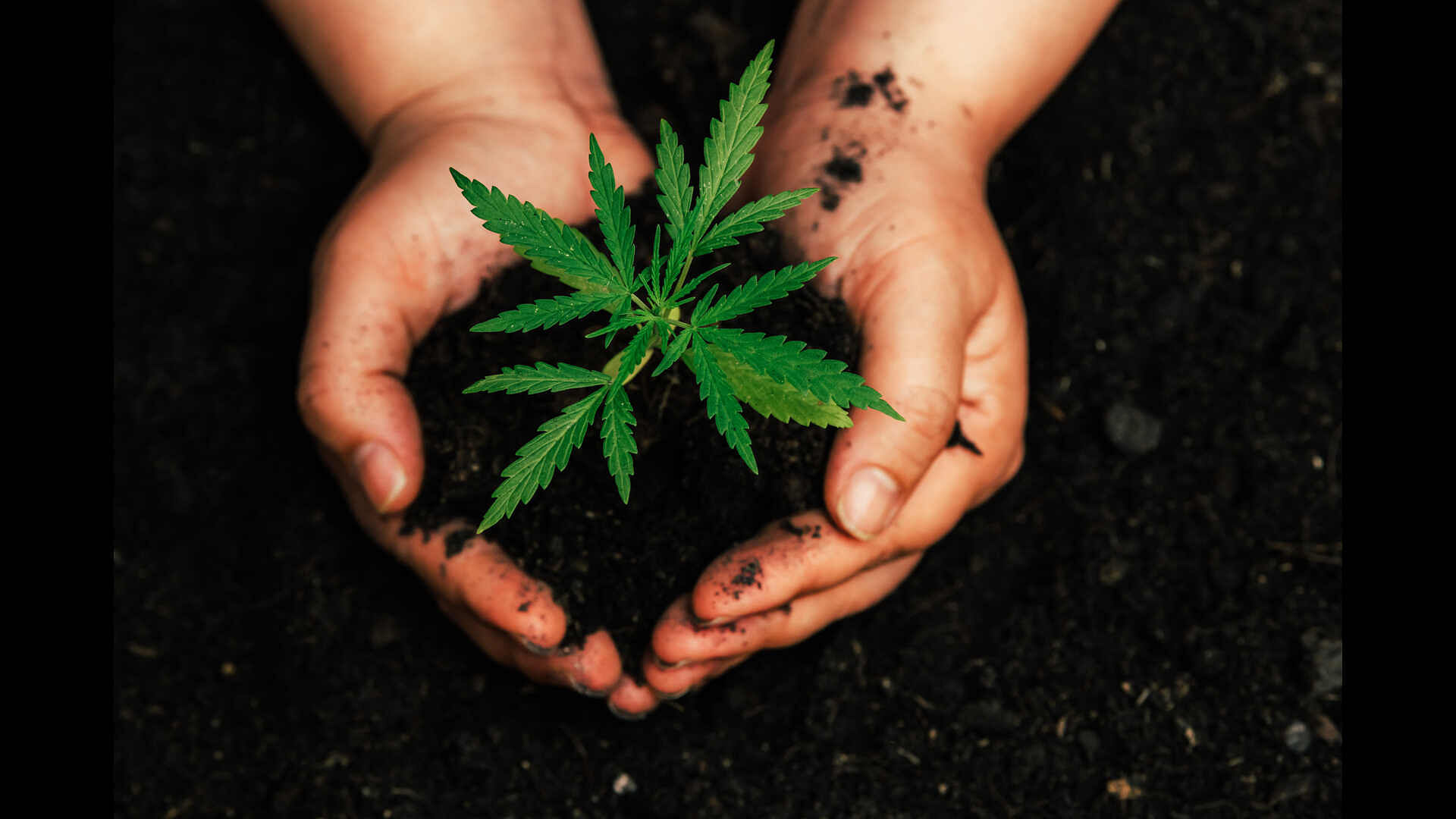
If you can make your hole 12"deep and 12" wide, you can also perform a water drainage test by filling it with water, letting it drain, and then filling it again and timing how long it takes to empty the second time. This will approximate the time your soil drains a gallon of water. This is valuable information when setting up irrigation or simply watering your plants.
When considering organic matter, the colour of your soil is a good indication of mineral content and organic matter. The darker the colour, the more organic matter is present. You can always add more organic matter in the form of compost. This is where the microorganisms live and produce enzymes that solubilize or unlock the minerals in the soil particles. This is how we harness living soil by using the natural soil outside. Many potting mixes market themselves as living soil because they rely on microbial digestion of added minerals. But it is much cheaper to grow your outdoor plants directly in the ground, and it will also yield the most by producing the largest plants. Containers limit the growth of your roots and you know what they say, "The Bigger the roots, the bigger the shoots, the bigger the fruits."
Containers
There are several container options if you can't grow directly in the ground or don't want to. You can buy or build a raised bed out of various materials. Remember that containers often fluctuate in temperature, and your climate may influence the material you use. This fabric bed from Grassroots Fabric Pots is a safe bet in any location. They do a great job of air pruning while maintaining moisture levels throughout the container. The larger the container, the greater the medium you need.
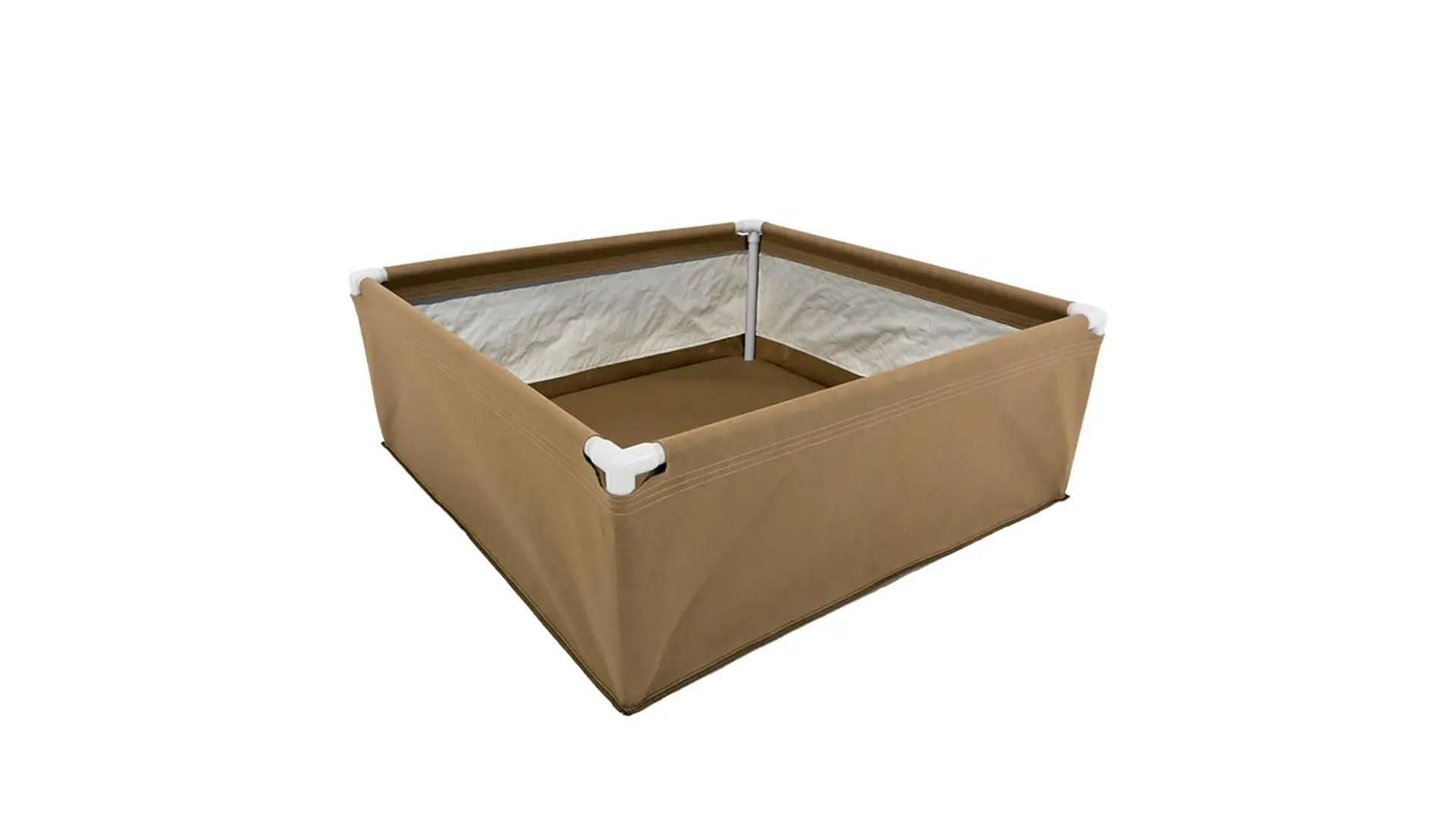
Potting Mix
If you aren't using native soil, fill your containers with potting mix. The most expensive way is to buy bags of potting mix, but if you have a truck, you can purchase bulk from a reputable landscape company or soil yard. The basis for potting mixes is typically aeration, peat or coco, and compost. You can make your own or buy it. You can supplement the potting mix with a modified huglekultur approach, incorporating logs and sticks into the bottom of your container. These will act as sponges and hold onto water while slowly decomposing, feeding the fungi and other inhabitants of your soil food web.
Fertilizer
Once your containers have been filled, you need to add fertilizer. We recommend sticking to organic and natural options like Rainbow Mix, which includes a variety of byproducts like feather meal and bone meal. Remember to add silica if you're using potting mix. It is the second most abundant mineral in the earth's crust and can be overlooked when growing in a potting mix because plants can live without it. Despite this, their natural defence and vigour are much better when they have plenty of silica. This mineral is known for proper enzyme function and strengthening cell walls, which can aid in defence against pests.
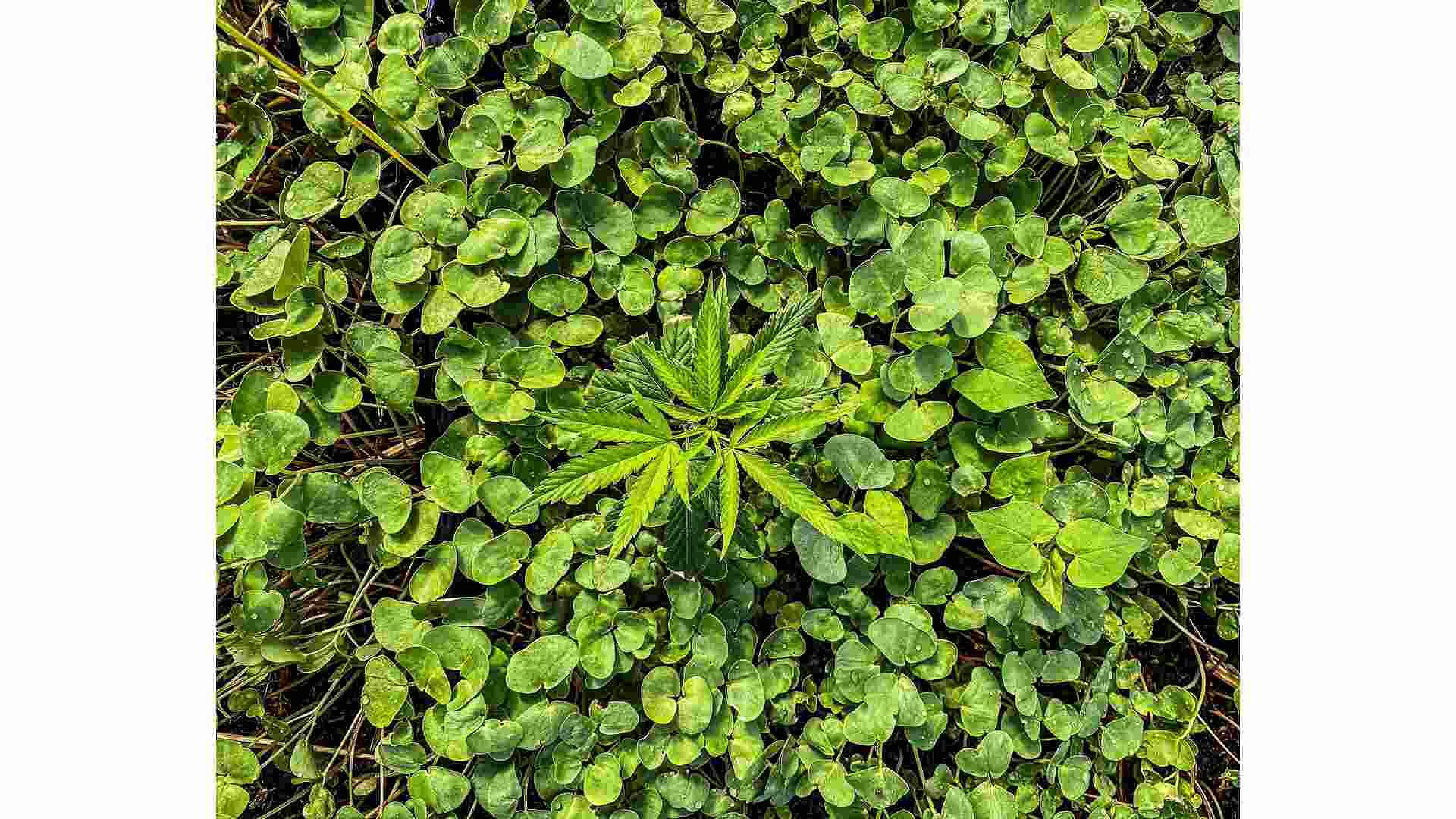
Companion Plants
Another way to help defend your crops from pests is to plant companion plants that are known to attract beneficial insects. Buckwheat does a great job of attracting parasitic wasps, and tachinid flies, while sweet alyssum is a favorite of green lacewings, and lemon balm deters imported cabbage moths. Always consider planting native plant species first since those will have evolved with the native bugs and are well known. You can learn more by contacting your local native plant society.
You can directly sow the seeds recommending and cover with a thick mulch layer during the early spring to get them established. Just make sure your seedlings have consistent moisture, the mulch will help but irrigation or hand watering may be necessary.
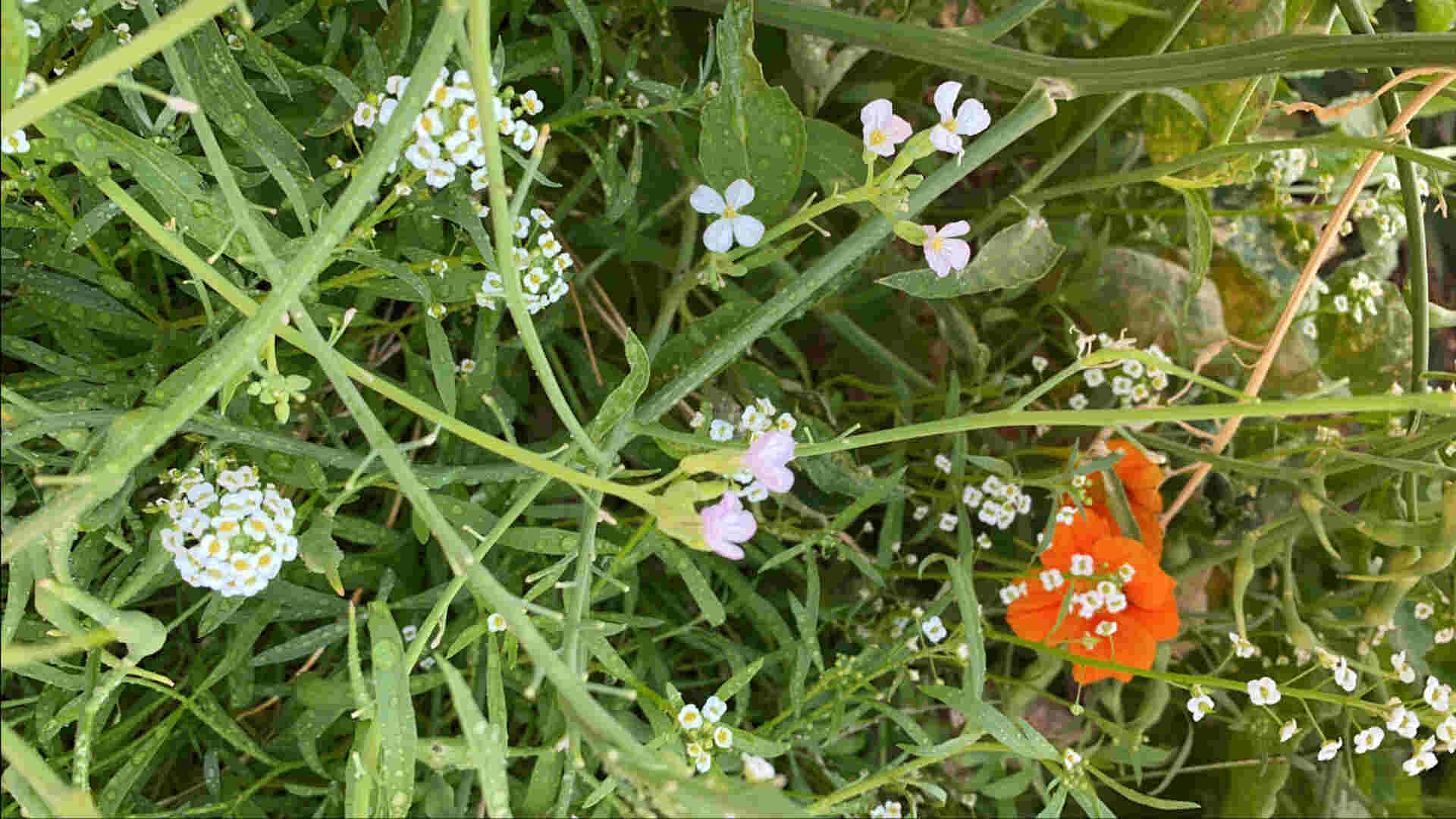
Irrigation
If you don’t want to hand water all year it’s a good idea to set up irrigation prior to planting your cannabis plants. A soaker hose circled around the base is a good option if you are growing individual plants. And if you are growing in a sea of green style with high-density planting in a bed, drip tape can save you a ton of time. Just add a 10-20 PSI pressure regulator, or you will blow out the ends of your irrigation..
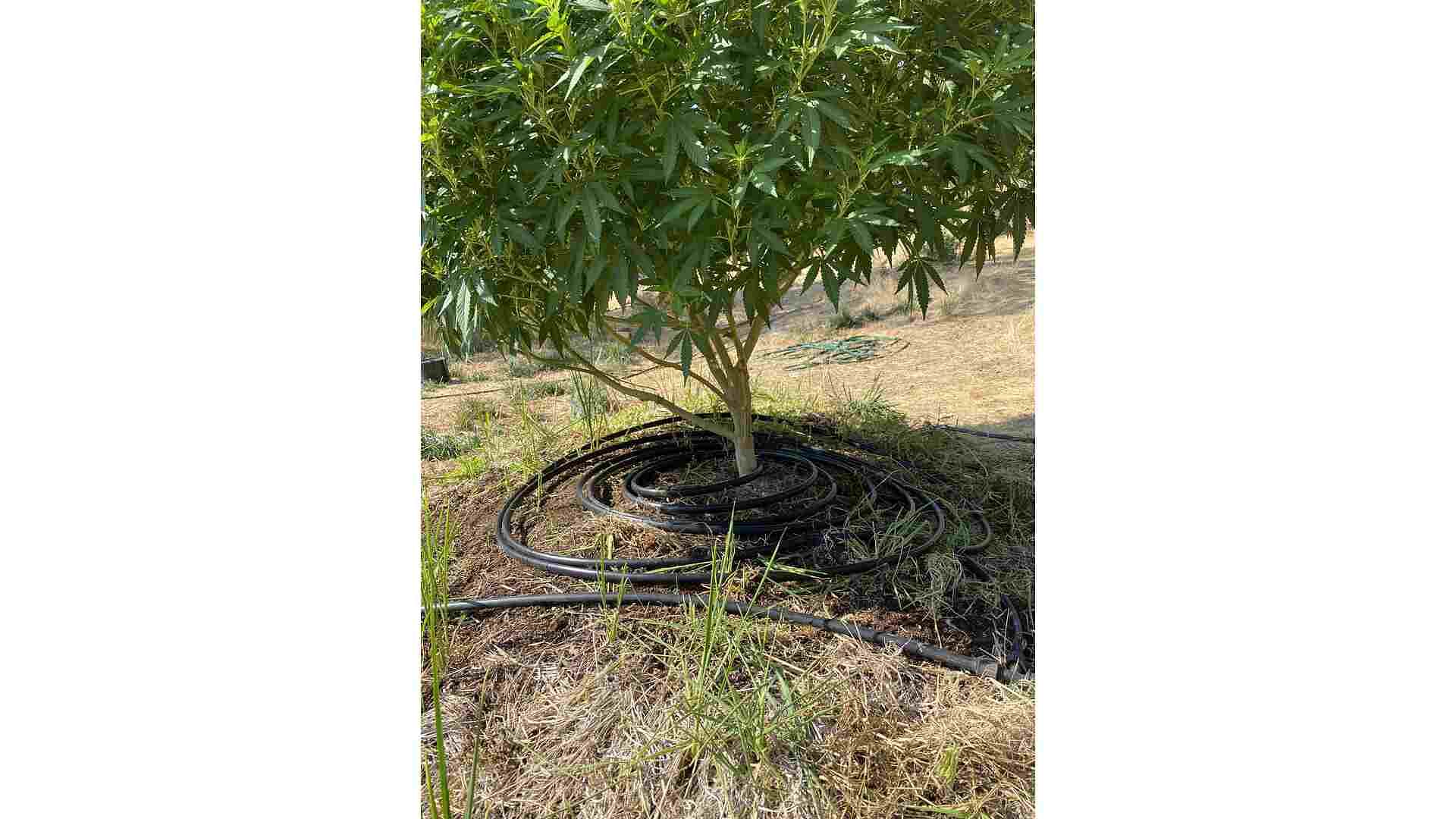
Integrated Pest Management
While you haven't yet encountered pests, it's a good idea to prepare for them by having the right equipment handy. A cordless backpack sprayer like this one can come in handy if you have a lot of leaves to cover. Otherwise, a small handheld sprayer can effectively spray things like sulfur throughout veg, preventative essential oil and soap, or microbial sprays like Bacillus, Trichoderma, or Beauvaria. Remember, an ounce of prevention is worth a pound of cure, so ensure you have an IPM plan before you run into any issues.
Conclusion
With careful planning and preparation, your outdoor garden will provide a bountiful harvest and a renewed connection to nature and the rhythm of the seasons. With the tips outlined in this article, you can make this outdoor season your best. And if you need extra help, check out these classes about growing outdoors.

